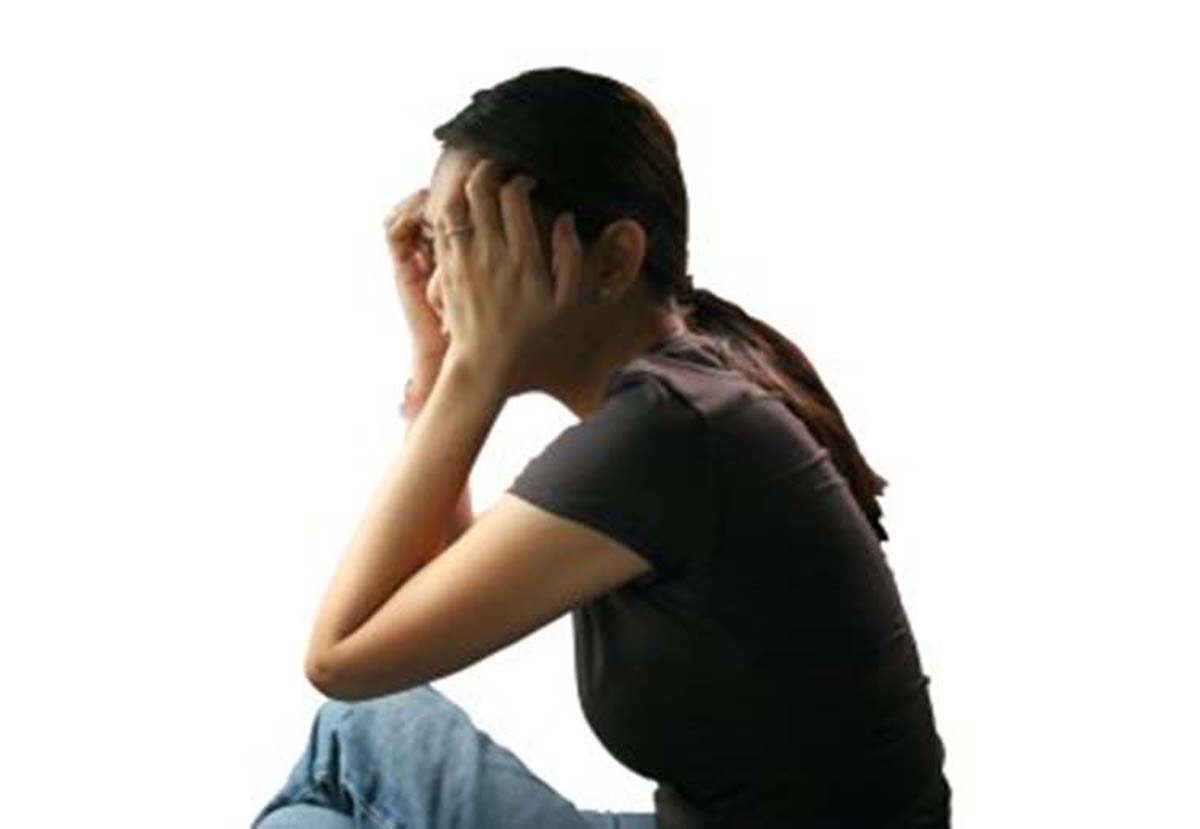In the late 1800s, the Comstock Law was passed and put into effect to stop pornographic type articles and books. Abortion was outlawed along with all forms of birth control and contraceptive devices, as well as what little was known about sexually transmitted diseases.
History
While abortion was still outlawed, a federal judge decided to allow birth control in 1938 in a law suit involving a woman. Abortion was an illegal act until 1965 when certain states decided that abortion could be a way out if a woman’s life was in jeo

In the year 2005, twenty-six bills that restricted abortion were put into effect while seventeen bills that were pro-abortion were considered, and only five were put into effect. While states are constantly trying to outlaw abortion, the Supreme Court found amendment submissions to be unconstitutional. Seven states have proposed bills to make amendments to remove the federal and state protection on abortions. Many states are unsure of what to do about abortions, while twenty-four have proposed abortion bans, thirty-one have only proposed restrictions on access to women under the age of eighteen. This would cause problems for the some 240,000 teenage women who become pregnant and choose abortion as their way out.
Religious and Moral Arguments
People with religious backgrounds will tell you that abortion is murder and that a woman or a couple will go to hell if they choose to have an abortion. Churches sponsor the “Day of Life”, one Sunday a month where church goers, young and old, stand on street corners with posters and signs protesting abortion. These posters can be as tame as small sayings like “Abortion is Murder” to as morbid as showing an aborted fetus. Religious people believe that the minute an egg is fertilized it is a living and breathing human being. Doctors will argue, however, that it takes at least nine weeks until the fetus resembles a life form.
Side Effects and Dangers
There are many side effects that attack not only the body but also the mind. The mental side effects that are most common are depression, repression and denial, guilt, suicide, and post abortion psychosis. Post Traumatic Stress Disorder is mostly associated with soldiers who have been in battle, have seen death and don’t know how they are supposed to cope and recover from the images that play over and over in their heads each time they close their eyes or they hear loud noises that sound like gunshots or cannon fire. However, a woman who has gone through abortion can develop PTSD approximately ten years after the abortion, approximately the same amount of time that soldiers take to develop the syndrome. To them, the shock of their abortion finally hits home.
Guilt and suicide go hand in hand. For many of the women that go through an abortion, after guilt sets in, suicide seems to be the only way out for them unless they seek counseling. Even then, there is still the risk. Repression and denial tend to set in approximately five to twenty years after the procedure. The woman represses the memory then denies the fact that the abortion ever happened and causes stress and depression.
Read More: Abortion: Methods And Post-Procedure Care
Not only are there the mental repercussions of abortion, there is a list of physical repercussions and risks that a woman faces. When a woman has an abortion, she risks infection, future childbearing problems and in some cases even death. However, should a woman die due to hemorrhaging during and after an abortion, many deaths are not reported. The widest known infection that can be contracted due to an abortion is Pelvic Inflammatory Disease, more commonly referred to as PID. This infection causes inflammation of the upper genital area, including reproductive organs, and normally enters the body through a perforation in the uterus or a laceration in the cervix. In February of 2003, a group of doctors, in coalition with the National Cancer Institute, concluded that having an abortion does not increase the risk of a woman contracting any type of cancer. Popular belief would have a woman believe that if she has an abortion, she will develop cancer at some stage in her life.
Other dangers
Placenta previa only occurs in approximately one out of two hundred pregnancies. Bleeding usually occurs during the latter part of the pregnancy, but hemorrhaging can occur during birth. This extensive hemorrhaging is fatal to both the mother and the child, due to amount of blood that the mother loses during labor. Another side effect in later births is the possibility of an ectopic pregnancy, also referred to as tubal, cervical, or abdominal pregnancy. In an ectopic pregnancy, the fertilized egg is displaced. Ninety-five percent of the time, the egg is displaced in the fallopian tubes. Approximately fifty percent of women that endure an ectopic pregnancy have a history of PID. While an ectopic pregnancy doesn’t sound like a life threatening problem, it can cause death. Fortunately, only 5% or less of woman having a first trimester abortion will get PID, it is only those who have uterine scarring that are at risk. However, early treatment of PID can prevent all of this.
Women who have abortions need to rest and take it easy for the week or two that follow in order to start the healing process and start recovery, both mentally and physically. Statistics say that every one out of two and a half women have had an abortion by the time they reach the age of forty-five in the United States. While physical healing starts almost immediately, mental healing can take years to even begin. Women who start to feel depressed or suicidal should seek medical help, counseling, and should join a support group.
How to Handle the Effects

For women who are daughters of religious parents, this could be a very hard, very emotional time because of the fear of being rejected and disowned by their families. Religious fanatics will tell a woman that she needs to seek divine forgiveness, to ask god to forgive her for her sins. If the woman is a Catholic, she can go to confession and can be absolved by her priest. However, many of the women that decide to have abortions are not religious, though some do become religious after their experience.
Helpful tips
Infection, depression, guilt, and death are all possible after effects of abortion. While infection and depression rates are nearly the same as they were three decades ago, suicide rates are nearly one third lower now than they were then. However, post-abortion suicide is two and a half times the rate of normal suicides, and nearly six times the rate of post-partum suicides. The pros and cons of abortion can be weighed in an unknown number of ways. Whether facts, morals, or religion drives your beliefs, the negatives and positives of abortion are out there for everyone to take into account and make their own decisions. Statistics show that while abortion can solve problems in the short term aspect, it can cause a world full of problems in the long run.
Read More: Is Post-Abortion Syndrome Real?
Everything from depression to pain to death can come from an easy fix when problems start to arise and life gets tough. When it comes down to that time, the time to solve what you may consider a problem, consider the facts and statistics first. There are better, guilt free solutions to abortion. Adoption rates have hit an all time peak in the last ten years. More and more families who have realized that they can’t have children but want them, can’t have anymore children but want another, and those who just want to make a positive difference in an adult or child’s life that adoption is a good solution. Whether or not a woman gets an abortion is up to her. She needs to be aware of the risks. She needs to be warned of the emotional, physical, and mental side effects that are caused by abortion and can cause her pain. Facts and statistics show that it is better to give birth than to get rid of the child at any point during the pregnancy.

